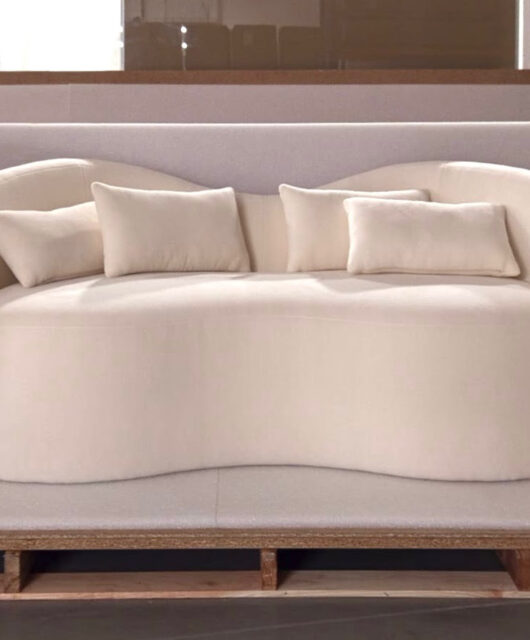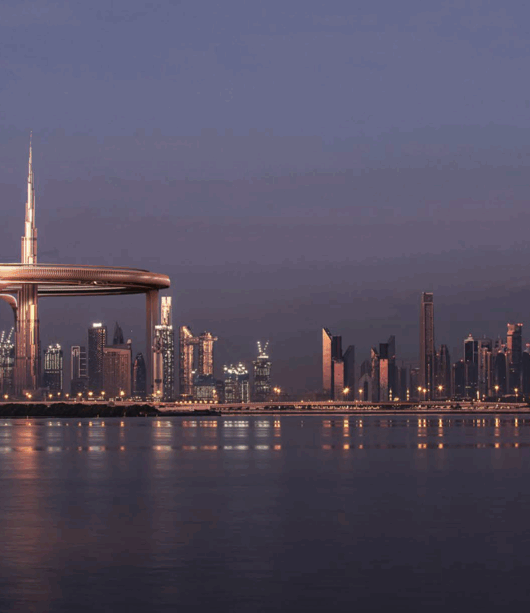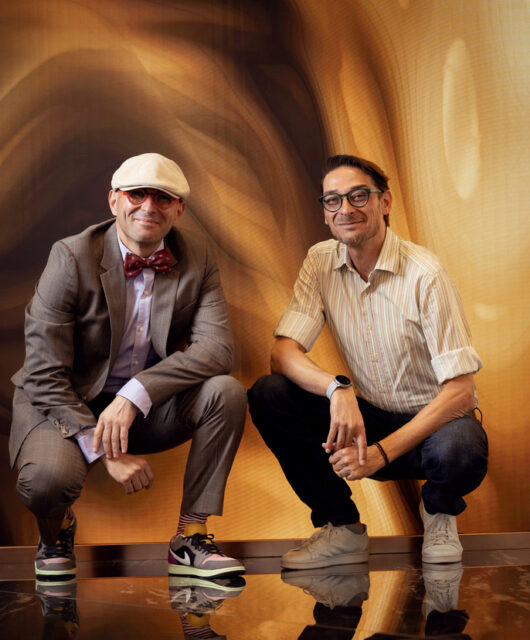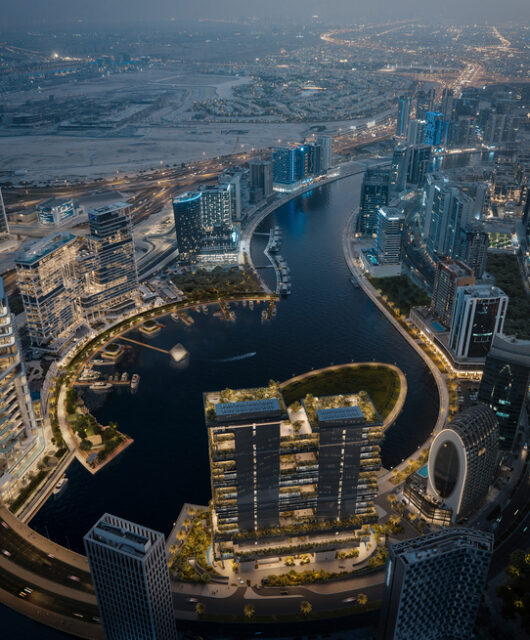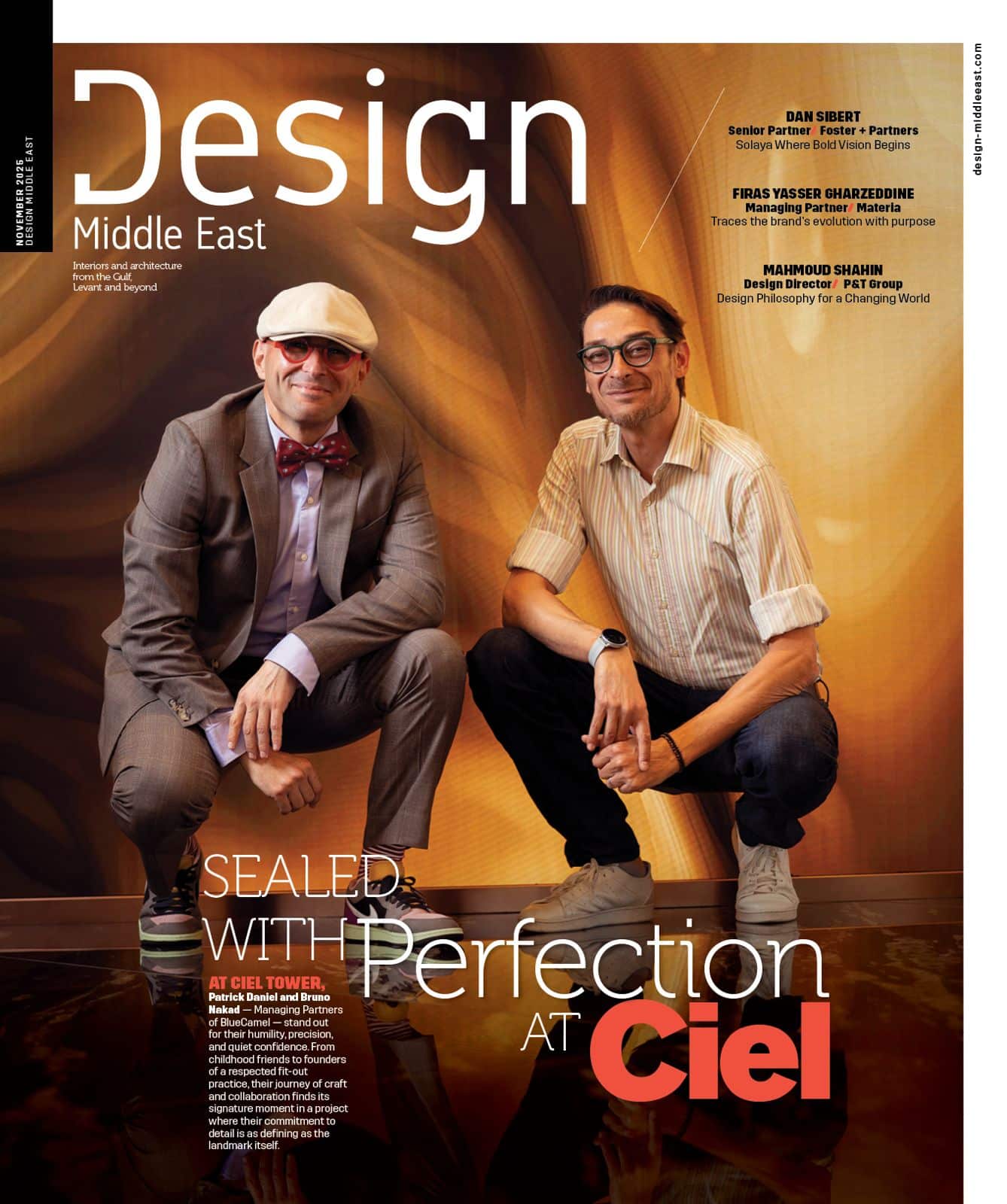 Kate Instone, the founder and creative director of Blush International, discusses her career path, the thrill of designing for middle eastern close-knit families, and how the pandemic has given individuals the opportunity to analyse and design their living spaces
Kate Instone, the founder and creative director of Blush International, discusses her career path, the thrill of designing for middle eastern close-knit families, and how the pandemic has given individuals the opportunity to analyse and design their living spaces
Kate Instone is a well-known name in the interior design field. She founded her company in London 14 years ago, but due to some change in plans, she and her husband relocated to Dubai and made it their home. “We’ve been here for nine years, and I founded Blush International here. But I was apprehensive about starting work in this location, as more and more people asked me to work here, I made the bold decision to devote my complete attention to the Middle East. So far, the journey has been incredible and fascinating.”
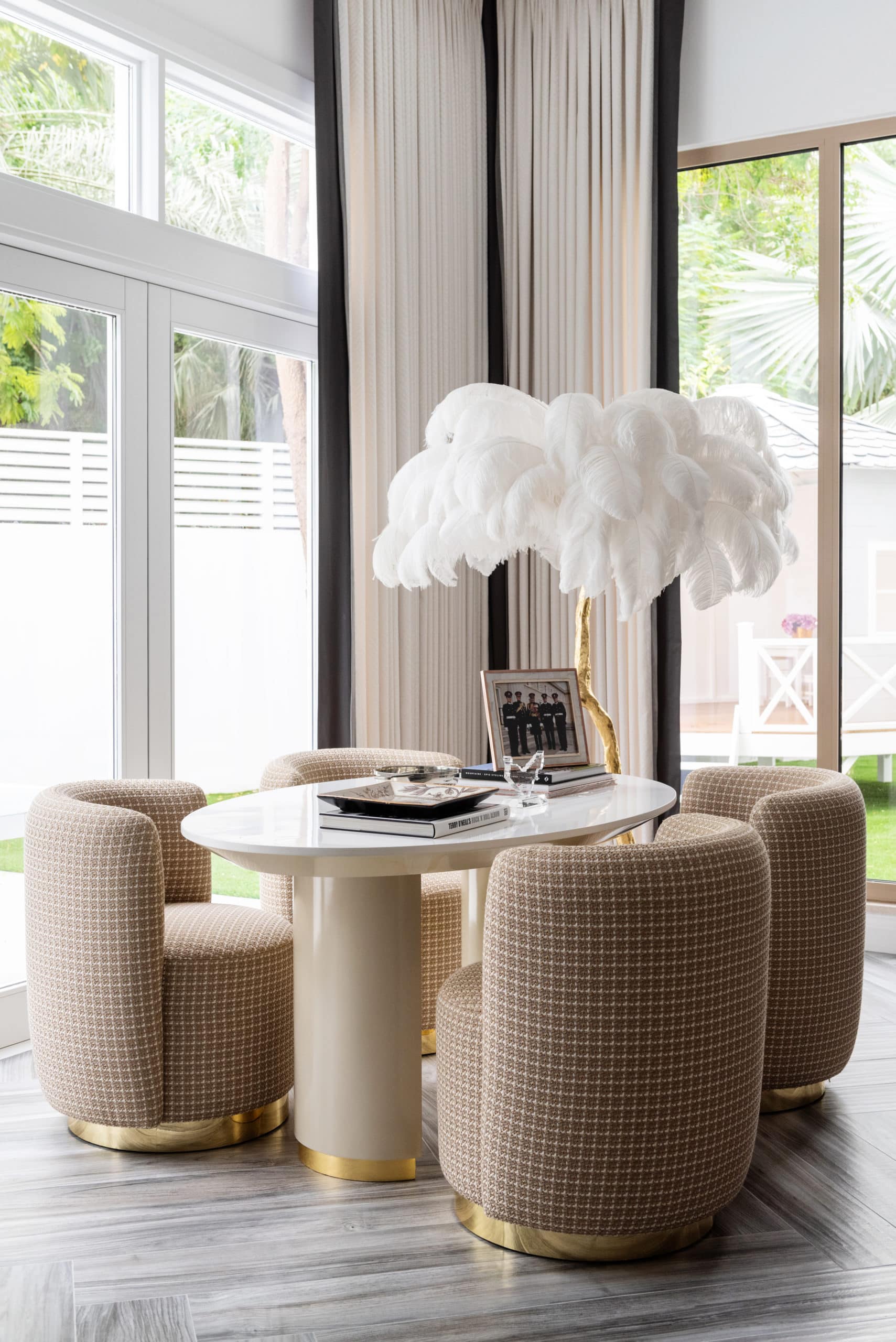
Instone thoroughly enjoys designing spaces for families, including parents, grandparents, sib-lings. This pandemic has turned our homes into restaurants, our bars, our nurseries, our schools, our offices, our cinemas, our gyms, etc. Family members are spending quality time together, inviting friends over, and we want our homes to be our sanctuaries.

“I enjoy working with families and learning about their specific needs. The other thing you have in the Middle East, which is fantastic, is that you have multi-generational families living in the same place. And I adore working on these projects because they are so complex and involve so many different viewpoints. It’s amazing how closeknit this region’s families are. Working on these houses is a dream come true for me, and I enjoy every minute of it.” So, are there any specific design demands that you’re receiving? “There’s a current tendency to put electronics away and spend more time with family. The comeback of bedrooms devoid of all electronic devices is here to stay. We’re seeing charging stations outside the bedroom as the bedroom is becoming a designated sleep zone, therefore there are no televisions in the bed-rooms. So, before going to bed, the iPad, phone, and other electronic gadgets are taken out of the room.”
Instone speaks her mind and she wants people to understand what they want and proceed accordingly. She emphasises: “One thing I always tell my customers is that they should design their homes for themselves, not for others. In this country, there was a strong desire to purchase Fendi sofas or Versace bedding. You’re not buying it for yourself, though; you’re buying it for others. That is what you believe other people want to see when they mingle with you. And it’s about breaking through that barrier and getting to the bottom of what our clients desire. What makes them feel happy, and how you might reflect it in their homes once you’ve figured out what they want. A home is the reflection of the soul, so personal so interlinked. Instone is quite enthusiastic about connecting designs to customer concepts. Assuring that it is appropriate for them and makes them happy. “If you’re happy at home, you’ll be pleased in other areas of your life as well. In my opinion, a cluttered house equates to a cluttered mind,” Instone signs off.


